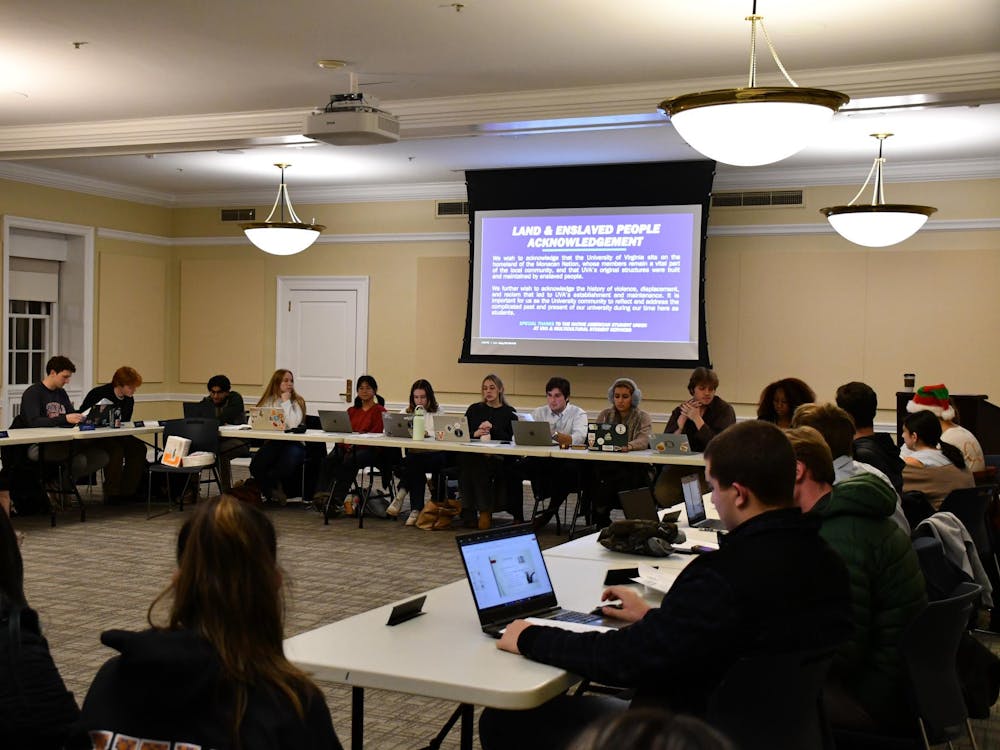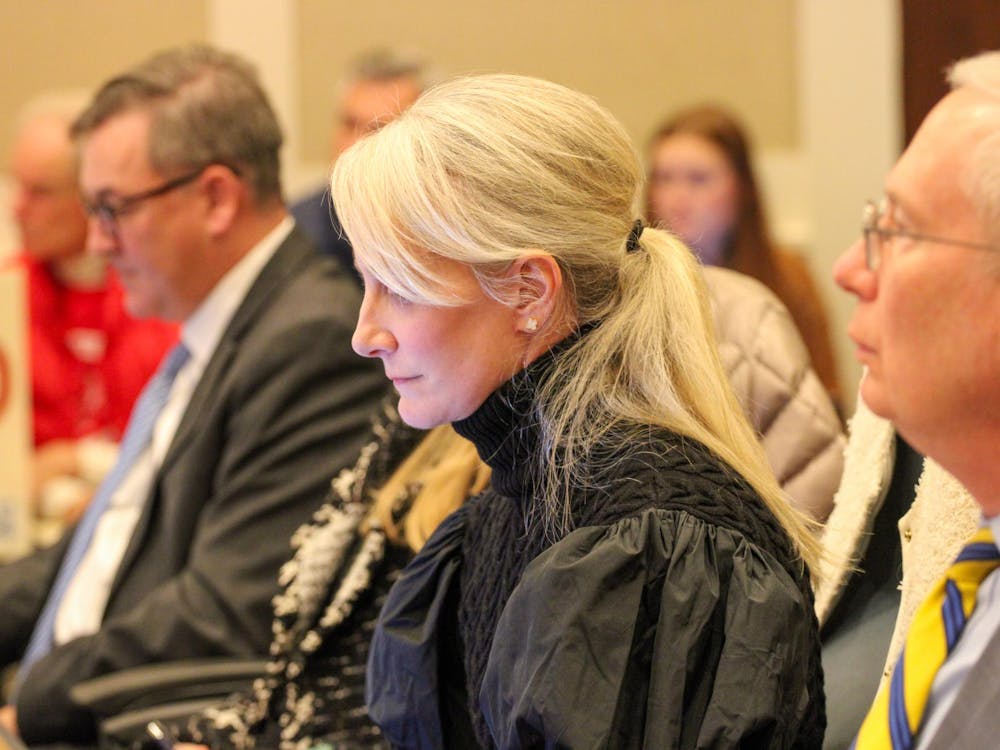In the future, students may return to the University to find a stream running through Grounds, as it did in Mr. Jefferson's time.
A plan initiated by the University's Office of the Architect proposes the "daylighting" of Meadow Creek. Meadow Creek currently flows through underground pipes beneath University Grounds and Barracks Road Shopping Center, briefly surfacing near Lambeth Field apartments. Daylighting would allow the creek to flow naturally above ground. If the plan were to be approved and funded, the creek, accompanied by plantings and a foot path, would meander through Nameless Field behind Memorial Gymnasium, the Dell and on to Lambeth Field directly off Emmett Street.
According to the Office of the Architect, daylighting the creek would allow the field areas to drain more efficiently, making them more playable and more attractive. Environmental Engineering Prof. Teresa Culver said adding a natural stream with vegetation would control both water flow and pollutants entering our water systems.
The Meadow Creek plan is part of a larger initiative from the Office of the Architect to improve the University's impact on the surrounding environment and also the landscape on Grounds. According to Jeff Sitler from the Office of Environmental Health and Safety, the University sits on a very valuable piece of property, home to three Virginia waterways: Morris Creek, Meadow Creek and Ivy Creek.
The initiative targets many different environmental concerns affecting the University community, including storm water management and preserving forested areas. The plan is a set of recommendations to improve the Grounds' environmental quality.
Mary Hughes, director of the project and University landscape architect, said she hopes the project will help the University community "reconsider the way we think about water at the University. People see storm water as a necessary evil, a product of development that you just want to get away from the site, out of your consciousness as quickly as possible. This plan takes a different attitude -- [that] water is a resource that we should use as quickly as possible while it is on our land."
To improve run-off problems, the plan proposes to reduce surfaces that do not allow water to seep into the ground. According to Engineering Prof. Yacov Haimes, an increase in water run-off, which can be induced by deforestation or urbanization, can contribute pollutants and sediment to our waterways.
Run-off water carries so many pollutants in urban areas that it usually is channeled to water treatment centers before reentering the environment.
In order to alleviate these problems around Grounds, the Office of the Architect currently is working with administrators to fund a porous concrete parking lot behind the Physics Building. This type of concrete would allow water to drain through the lot instead of contributing to the already-soggy Dell. The Office of the Architect also is planning a roofing system for new buildings that would direct water flow into the ground during storms.
The Office of the Architect already has put some of its recommendations into place. One of these recommendations, a bio-retention basin, has been installed behind the new pump station on Alderman Road. According to Hughes, the basin is "one of the better [storm water] management practices."
The basin is designed with plantings to capture water run-off. The porous soil mixture and plant roots filter water flowing into the basin, allowing it to eventually enter our waterways in a purer form.
Other efforts by the office to improve the University's environmental impact include preserving forested areas and reforesting open areas.
As part of the program, in the fall of 1998 for Make a Difference Day, 40-50 University students helped the Office of the Architect plant trees along Carr's Field Hill. The hill no longer is being mowed and is already the home to some small plantings. Vegetation on uphill slopes improves water runoff and sediment flow.
One of the office's goals is to preserve already-forested areas such as Observatory Hill. But additional space is needed to accommodate a growing student population, and O-Hill is a large piece of undeveloped University property. The Office of the Architect has proposed moving development to the U-Hall area, where large flat spaces currently are used for parking lots and playing fields. The office would like to make areas such as the Faulkner residences more densely populated with University buildings and offices.
Although the Office of the Architect has been making progress implementing many of its recommendations, there is no date for when University students will be able to bike through Grounds along Meadow Creek. Hughes said the project has received a lot of interest from all over the community and within the University. University President John T. Casteen III currently is promoting the project to donors, but Hughes said she wasn't sure when the project would be started.






